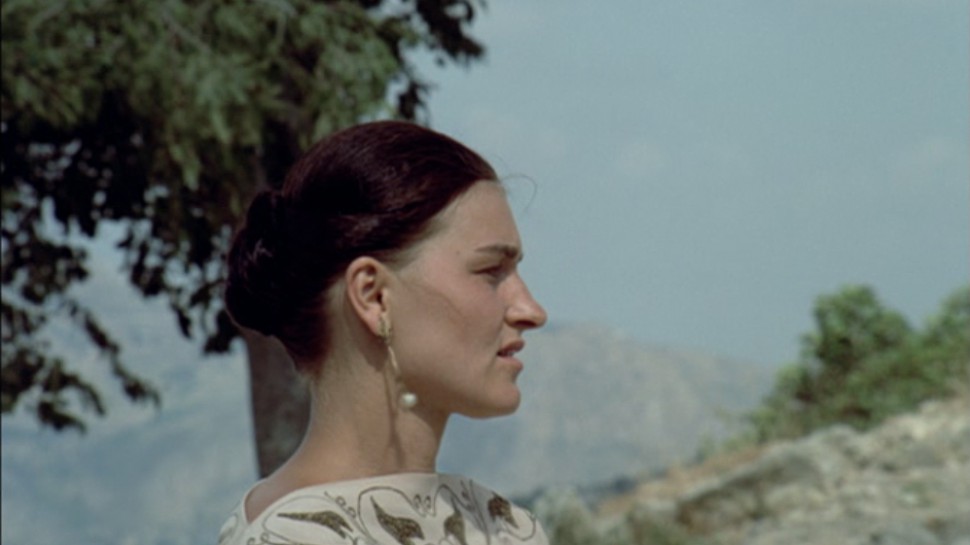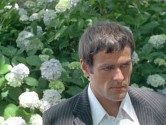
Antigone
With Astrid Ofner, Ursula Ofner, Libgart Schwarz.
Germany/France, 1991, 35mm, color, 100 min.
German with English subtitles.
Print source: Miguel Abreu Gallery
Danièle Huillet compared filmmaking to archaeology. This film uncovers many layers of language, image and performance. Hölderlin’s translation, with some of the most beautiful and powerful German poetry I know, was adapted by Bertolt Brecht in 1947-8, the version Straub and Huillet interpret. As in early cinema, the camera remains at one axis: all variations come only from angle, focal length and tilt or pan. The oblique placement of actors and camera in the ancient Teatro di Segesta allows the landscape, the trees and the stones to comment on the drama. The wind and sun intensify the visual effects. Actors represent the richness of East and West German theater, while Antigone herself is a young film student, Astrid Ofner, in her first acting role. While WWII was Brecht’s contemporary reference, it is the First Gulf War here; Straub-Huillet keep Antigone’s confrontation with Creon entirely historical. Only the bracketing sounds of Bernd Alois Zimmermann’s music and a military helicopter gesture toward the present. But the film’s final text is Brecht’s warning in 1952 against those who prepare the wars of the future. Tiresias’s last utterance remains timely: “And as I have looked back and round myself, look you ahead and shudder.” – Barton Byg





















